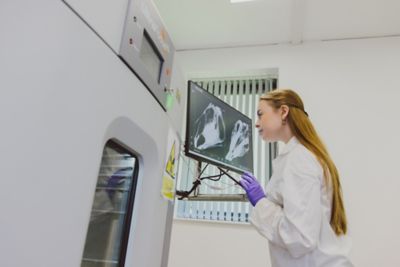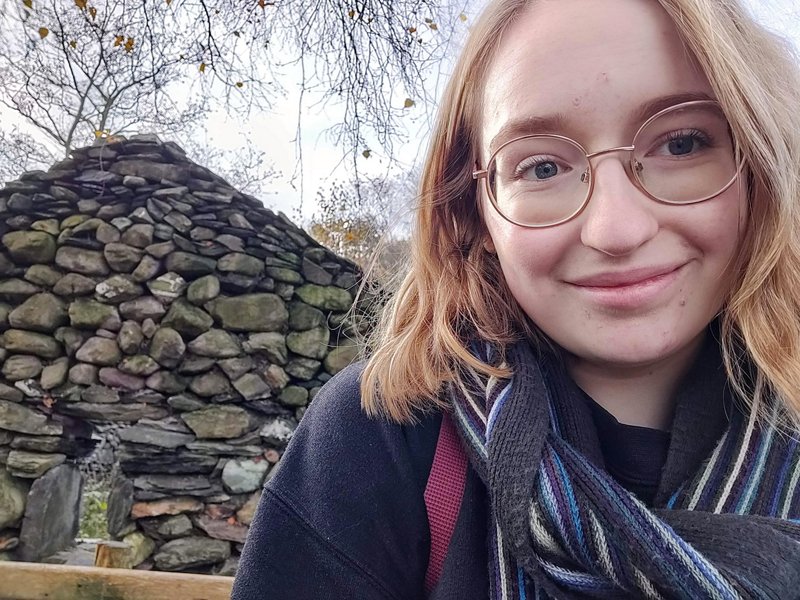Our archaeology facilities: Emily's experience
Emily discusses how using the labs brought her modules to life, handling material remains, and discovering an interest in archaeobotany...


Emily, Archaeology BSc
I remember on the Open Day that I came to I looked around the labs and was like, ‘Oh wow, this is so cool!’.
We got told a bit about what the students do in them. It was mainly teaching and doing the more ‘science-y’ part of the course. I thought it was really interesting.
I’ve used the plant lab, the bones lab, and the archaeology teaching lab.

I’ve spent most time in the teaching lab. It’s nice to have lectures in there, and not necessarily use the equipment, but just be familiar with it and be in that environment.
We also went to the Nanoscale and Microscale Research Centre for a lecture, where we got to have a look at the chemical composition of glass. This was so cool, because looking at the chemical composition gives hints to the geographic origins of the materials used in glass production, and was a fascinating way to see the contents of our lectures in practice! It was also really interesting to see the possible interdisciplinary links with archaeology across departments at the university.
I did a module called ‘Human-Animal-Landscape Relationships’, which was taught in the teaching lab and the plant lab. It was looking at animal bones, mostly. I mentioned to the lecturer that I’m also interested in archaeobotany, so I was also given access to the plant lab. I got to go in and look at the little slide samples of plants that they have.

I remember there were bark samples, pollen samples, and leaves. I got to look at them underneath the microscope, which was really cool.
The ‘Human Osteology’ module was also taught in the teaching lab and the bones lab. That was looking at the human skeletons and both animal and human bone samples.
It definitely made it more engaging, being able to handle the materials. It felt like doing actual archaeology, instead of the theoretical side, which we do a lot of (thought that’s also really valuable!).

It was really good putting my knowledge into practice. You can only learn so much about bones from a textbook. Seeing it in person, looking at the proportions, it makes it much easier to visualise.
The plant side was really interesting, too. It was like getting to see what’s actually on an archaeological site.
I’ve applied for a masters which has an archaeobotany module in it. I am really interested in continuing that.
The bones analysis was also really good. I never knew that much about biology. It got me more interested in, not just artefacts, but the remains as well.
In the glass module we got given old pieces of glass to draw, as that’s what you would do on an archaeological dig. I thought that was really fun.

I also enjoyed getting to handle all these really delicate bits of bone. It’s a bit daunting, as it’s a real piece of bone, but it’s amazing to get to do that.